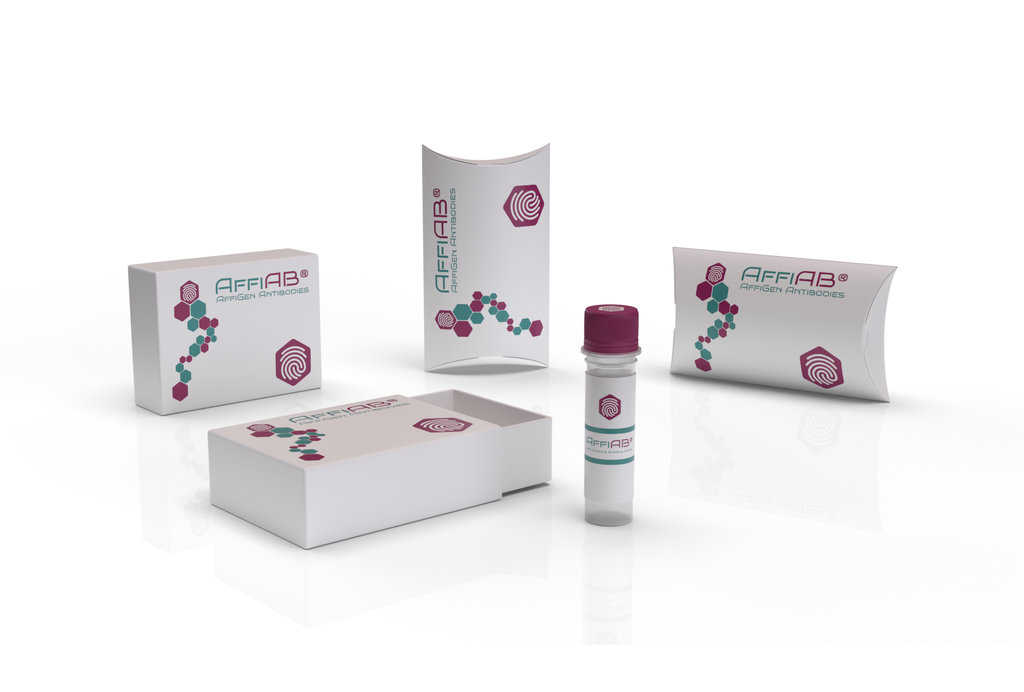AffiAB® Anti-Sigma1-receptor Antibody
This gene encodes a receptor protein that interacts with a variety of psychotomimetic drugs, including cocaine and amphetamines. The receptor is believed to play an important role in the cellular functions of various tissues associated with the endocrine, immune, and nervous systems. As indicated by its previous name, opioid receptor sigma 1 (OPRS1) , the product of this gene was erroneously thought to function as an opioid receptor; it is now thought to be a non-opioid receptor. Mutations in this gene has been associated with juvenile amyotrophic lateral sclerosis 16. Alternative splicing of this gene results in transcript variants encoding distinct isoforms.
Antibody type
Rabbit polyclonal Antibody
Uniprot ID
SwissProt: Q99720 Human; SwissProt: O55242 Mouse
Recombinant
NO
Conjugation
Non-conjugated
Host
Rabbit
Isotype
IgG
Clone
N/A
KO/KD
N/A
Species reactivity
Human, Mouse
Tested applications
WB, IHC-P
Predicted species reactivity
N/A
Immunogen
Recombinant protein within human Sigma1-receptor aa 74-223.
Storage
Store at +4°C after thawing. Aliquot store at -20°C. Avoid repeated freeze / thaw cycles.
Form
Liquid
Storage buffer
1*TBS (pH7.4) , 0.2% BSA, 50% Glycerol. Preservative: 0.05% Sodium Azide.
Concentration
1 mg/mL.
Purity
Immunogen affinity purified.
Signal pathway
N/A
Recommended dilutions
WB: 1:500
; IHC-P: 1:600-1:1, 000
Molecular Weight
Predicted band size: 25 kDa.
Subcellular location
Cell junction, Cell membrane, Cell projection, Cytoplasmic vesicle, Endoplasmic reticulum, Lipid droplet, Membrane, Nucleus, Postsynaptic cell membrane, Synapse.
Positive control
293T cell lysate, HepG2 cell lysate, mouse liver tissue lysate, human liver tissue, human placenta tissue, mouse brain tissue.
